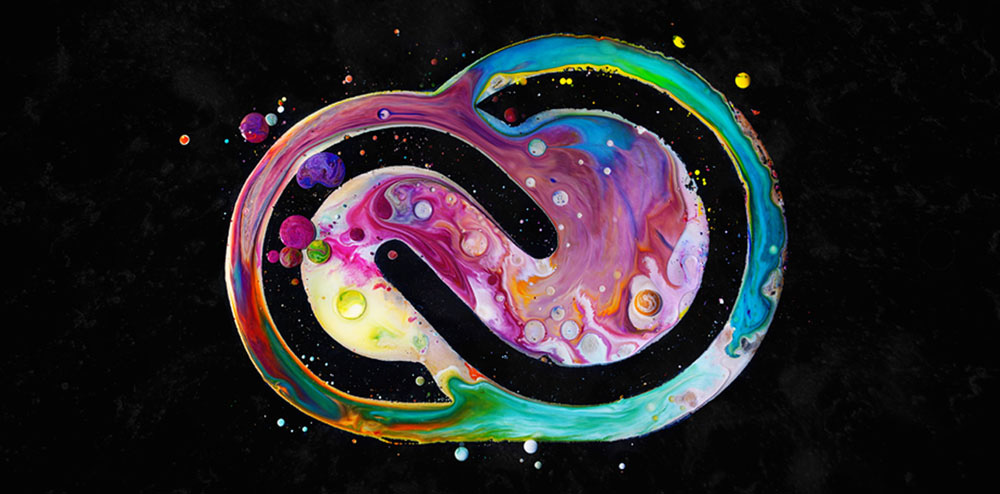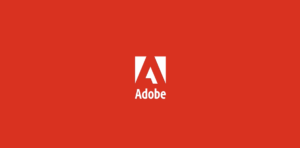
Creative Cloud Updates Unveiled at Adobe MAX 2021
Adobe introduced several Creative Cloud updates on Oct. 26, the first day of its three-day Adobe MAX 2021 conference, which was held virtually for the second-straight year.
The company is “introducing hundreds of cutting-edge features and improvements built to help users take their creativity to greater heights,” according to Katharine Gregorio, senior director of product marketing at Adobe.
They included “a few new features that leverage Sensei-powered” artificial intelligence (AI) and machine learning,” she told reporters in a virtual news briefing ahead of the conference.
Adobe also accelerated the video creation process with the addition of Frame.io and advanced 3D and immersive authoring abilities.
Trends
“The challenges of the past year and a half have presented an opportunity for us to self-reflect about where and how we spend our time,” Gregorio said. “Despite isolating constraints like remote work and lockdowns, creativity has blossomed, both as a medium for self-expression and as a way to connect with others.”
Meanwhile, “thanks to the popularity of TikTok, YouTube, Instagram, Twitch and other user-generated channels, creators are showcasing their crafts and engaging in direct conversations with supporters on a global scale,” she said. “As creators find new avenues and mediums to showcase their work and bolster their careers, it is important that they remain ahead of the curve by creating work that stands out, whether it be on social media or in their communities.”
And it is “our mission at Adobe… to help everyone seize the moment and bring creativity to all,” she said.
At MAX 2021, the company is “focused on four key themes: Unleash Creative Potential, Enable Connected Creativity, Empower Creative Careers and Combat Disinformation,” she told reporters.
“These themes address the evolving needs of our customers, from freelancers to small businesses, enterprises, educational institutions and more as everyone looks for new and innovative ways to create and collaborate to stand out,” she explained.
 What’s New
What’s New
In PhotoShop, Adobe introduced three new neural filters: Landscape Mixer (mixing landscapes for multiple photos), Color Transfer (instantly transferring colors between images) and Harmonization.
Meanwhile, Adobe Lightroom, the company’s creative image organization and image manipulation software, has gained “more powerful masking capabilities using machine learning technology” including Select Subject and Select Sky, Gregorio said.
Adobe will also offer AI-powered recommended presets customized for the user’s images.
“When it comes to video and audio,” meanwhile, “we understand that mixing the right background score is critical,” Gregorio said.
For Premiere Pro, the company introduced a new Remix feature in public beta. In Character Animator, “we are enabling more immersive and realistic animations with a new Body Tracker feature” that automatically detects human body movement using a webcam and apply it to your character animation in real-time, Gregorio told reporters.
Adobe also introduced Transcript-Based Lip Sync and Puppet Maker features in Character Animator as a beta test.
“For design, Illustrator on iPad is gaining a Vectorize technology preview,“ which Gregorio said “transforms images of hand-drawn sketches to crisp vector graphics.”
Terry White, principal worldwide design and photography evangelist at Adobe, demonstrated a few of the major updates and new features across the Creative Cloud portfolio.
Gregorio noted that Adobe Illustrator Draw now features an enhanced 3D panel that makes it easy to apply 3D-like effects to 2D vector objects.
Francis Crossman, senior product manager, Premiere Pro at Adobe, went on to give a demo of new Premiere Pro features.
“I was a professional editor and colorist for many years and the two features I’m going to show you, OMG, I wish I had them back when I was a pro editor because they would have saved me so much time,” he told reporters.
The first of those new features he demonstrated was Remix for reconfiguring audio to a new duration. It’s powered by Adobe Sensei and was first included in Adobe Audition before coming over to Premiere Pro for a beta test, Crossman said. Adobe is looking to get feedback from users during the beta, he added.
The second of those new features is Simplify Sequence, which he called a “handy tool” that enables users to create a clean copy of an existing sequence.
Gregorio went on to unveil a new unified hub for creative assets “dubbed Adobe Stock and Marketplace,” she said.
The company also announced a new content partnership with Cultura.
Moving on to the theme of enabling connected creativity, Gregorio said recent Adobe research found “collaboration, asset sharing and version control are the top three roadblocks for creative and marketing teams working together.” The company listened to feedback and, “in response, we’re making significant strides to address the challenges of virtual work and collaboration,” she said.
The company launched Creative Cloud Web, which she said will be available in a series of betas initially.
Moving on to the theme of empowering creative careers, she said: “In the past year, over 160 million people have come to” Adobe’s Behance platform “to view creative work over 2.25 billion times” to date. New Behance features include a Sensei-powered “more like this” search function, she said. Also new is a subscription model on Behance to enable creators to monetize their work, Adobe said.
“All Creative Cloud subscribers—including those on individual, student, team, educational institution, government agency and enterprise plans—can download updates to Creative Cloud desktop software today,” Adobe said. “Additionally, updates to mobile apps are rolling out globally and can be downloaded in the Apple App Store and Google Play Store starting today. Creative Cloud subscribers can apply to join the private beta for Creative Cloud Spaces, Creative Cloud Canvas and Illustrator on the web here.”
Fighting Disinformation
Concluding with the theme of fighting disinformation, Gregorio told reporters that, based on recent survey results, 54% of creatives have had their work stolen and used by somebody else online and 85% of them said they would use an attribution tool that would allow them to publicly label their work with details of their origins.
Adobe’s Content Authenticity Initiative, which launched two years ago and provides attribution capabilities, has made “significant progress” since launch and grown to over 375 members, she said.
To further support the Content Authenticity Initiative, the company launched a beta of Content Credentials in Photoshop and Adobe Stock at MAX. It also launched a new Verify website allowing visitors to view metadata and edit history from Content Credentials, she added.
Content Credentials is an opt-in feature that Adobe said shows a creator’s identity and edit history to “ensure they are getting attribution for their work.” Content Credentials will also connect to NFT marketplaces, Adobe said.
